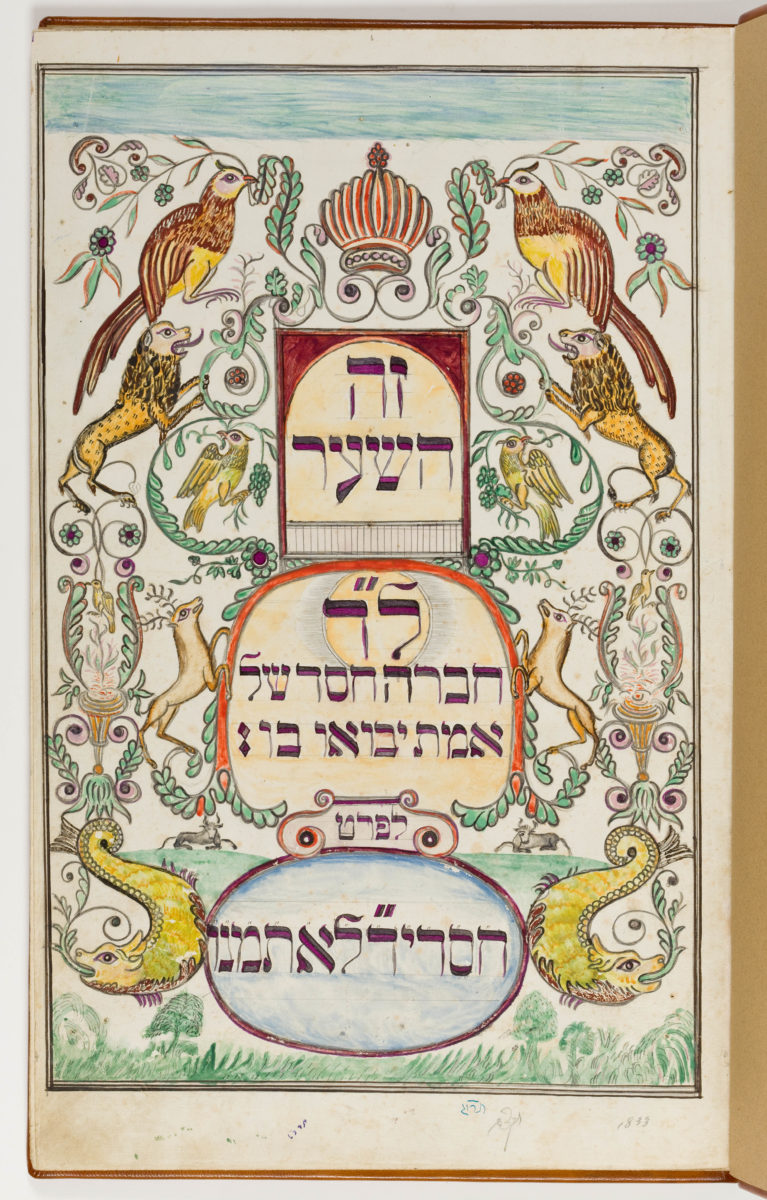
Romania is a relatively new entity located in the region where the Balkans meet Central and Eastern Europe. The encounter of cultures and influences that took place in this area greatly determined the character of Romanian Jewry. On the other hand, due to the historical upheavals and changes in borders that Romania experienced in the 19th and 20th centuries, any attempt to define and demarcate the geographical and chronological space of Romanian Jewry raises historical problems.
The 19th century was the period in which the identity of Romanian Jewry was shaped and defined. With the establishment of a united Romanian state after World War I, the Jewish population reached 756,000, and there were now four separate Jewish communities in Romania annexed after the war to the original large community in: Bessarabia, Bukovina, Dobrudja, Banat and Transylvania, including Maramureș and Crișana regions. In the new districts there were large Jewish communities that gave Romania the third largest Jewish population in Europe after Poland and the Soviet Union.
This exhibition presents the communities that lived in the areas that belonged to Romania between the two World Wars, even when borders changed, while referring to the roots of the communities in territories that were not part of Romania before the First World War. With regard to the community from the end of World War II to the present day, we refer to the current borders of Romania.
The exhibition is organized in thematic units, in seven chapters in two intertwined circles, each chapter expressing a central aspect of Jewish life. The first of three chapters deals with historical aspects of the relations between the Christian majority and the Jewish minority, which were often ambivalent: on the one hand, the attitude of religious and political intolerance towards the Jews; on the other hand, culture and art. The second cycle of four chapters deals with the influence of this dual relationship on the Jews and on their attempts to integrate into the surrounding society while at the same time preserving and nurturing their Jewish identity with all its elements – tradition, language and culture.
The criterion for selecting the exhibits is not encyclopedic; rather, it is an attempt to present the “history” of Romanian Jewry from as diverse a perspective as possible. The selection of events, personalities and works was done in an attempt to present the uniqueness of the Romanian Jews, their multiple identities and their connection to the Romanian culture, without ignoring the disturbing expressions of discrimination and persecution throughout various periods.
In each chapter, the subject is presented in a chronological order, so that the total number of chapters leads the visitor from the beginnings of the Jewish community in Romania, through the struggle for civil rights and mobilization to the Zionist movement, to the avant-garde in art. In addition, each chapter will deal with the Jews of Romania in Israel and throughout the world. People, their lives and their work are presented through documents, books, music, plastic arts, and film. By presenting some of the interaction and confrontation between Jewish and Romanian culture, the exhibition presents issues of immigration, racism, antisemitism, multiculturalism, tolerance and coexistence, relevant to our times as well.
Public collections in Romania and Israel and the private collections available to Romanian Jews around the world are the sources that served us in assembling this fascinating mosaic. Since one of our main goals is to present a composition created out of different perspectives, we will present the events with documents, objects, illustrations, artwork, photographs, films and music. All this in an attempt to capture, illuminate and breathe new life into an important chapter in the history of the Jewish people.
The first three chapters of the exhibition deal with historical aspects and define the Jewish community which had formed out of various groups as a result of emigration from neighboring countries, due to historical events, territorial changes that Romania experienced during these periods, and the divided relations that sometimes prevailed between the Christian majority and the Jewish minority.
The following two chapters deal with professions of the Jews, which enabled them to live within and work outside of the community, and the life inside the community itself.
The sixth and seventh chapters deal with typical manifestations of reciprocal cultural influences between peoples, as expressed in languages, literature, theater, music, and visual arts.